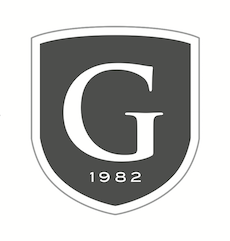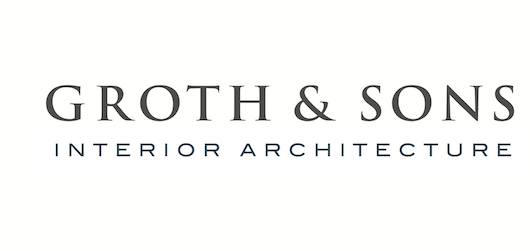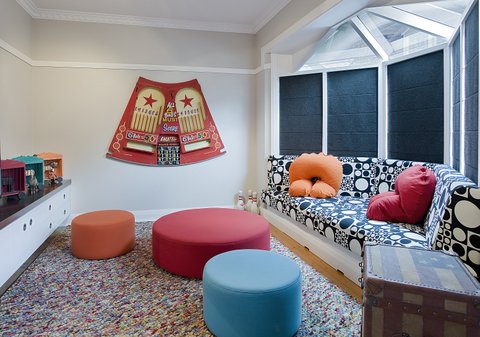Why choose an interior designer?
Would you commission the services of an interior designer purely because you are… “Out to impress”or to “produce the quintessential show home”, or is it more to assess the potential of your home or office in terms of space and function, to create mood, or maybe add a dash of theatre?
What is it that interior designers possibly have to offer? Are they purely accessible to the cashed up client or to those that are only brave enough to accept the cutting remarks about their drapes and soft furnishings being “Positively at war??”
Actually there is a lot more to it than that. A good interior designer should be able to draw the distinction between personal preference and informed judgment, evaluate design capability and therefore prevent possible design pitfalls and potentially costly mistakes .They should possess the capacity for divergent thinking, to explore and manipulate ideas and to question the norm. Through the knowledge and use of the elements and principles of design the skilful designer can invest spaces with a new function and create options that their clients couldn’t possibly imagine. In short, rather than asking the question, “Can I afford an interior designer?” maybe you should be asking yourselves “Can I afford not to engage the services of an interior designer?
So what are the Principle and Elements of design?
Design Principles
Unity: To create a sense of togetherness and underlying order. A design that is unified provides the viewer with a sense of underlying order , however, if executed incorrectly may lack the desired level of stimulation and produce a design outcome that is too predictable and boring.
Variety: Diversity- including Contrast and Rhythm by repetition, to break the boredom of too much unity. Conversely when this principle is overused it can ruin a design, the best outcome then is to provide both predictability and at the same time just enough difference to the established order to stimulate the senses.
Balance: This is the control of the ‘visual weight’ within a design composition, if ignored by the result can be overwhelming. A good designer can bring dissimilar elements together to equal other combinations or dissimilar elements.
Scale: Relationship with surroundings. In design and architecture this usually refers to the relationship to the human body and used correctly creates emphasis to an element within a space and can add a sense of drama.
Proportion: Rapport between two dimensions whether relative or absolute. Closely associated with scale, proportion is the relationship of the parts to one another or to the whole, whereas scale is the reference to the size of a thing in comparison to other things – such as a human being or another item.
Dominance & subordination: These principles are used to provide variety to a design, Dominance being used to provide emphasis, to highlight and draw attention to areas of greater design importance and conversely subordination is employed to reduce the competitiveness of an element within the overall design thereby creating a more interesting composition.
Rhythm: regularity and recurrence, leading to expectancy. Rhythm is the creation of an expected pattern which facilitates the movement of the viewer’s eye from one part of the design to another and can be established through a continuous line movement, through repetition in forms, textures, colours, light and dark patterns and spatial intervals.
Harmony: Combination of parts so as to form a consistent and orderly whole, congruity, accord and agreement. As with unity, too much harmony can be conceived as boring, too predictable and should be used in conjunction with variety. Harmony results from a design “fitting together”.
Design Elements
Space: To the interior architect / designer space is the essence of what our man-made and natural environments are about. Space has the physical, visual, emotional, psychological, implied, functional, planned and aesthetic connotations. When we debate space as a basic element of design we are more suitably speaking about spatial perceptions and relations than about space as a distinct article.
Point / Line: the most basic of the elements referring to horizontal, vertical, diagonal and irregular lines and also the intersection of different surfaces. We very readily and unconsciously follow visual lines within a design scheme and can be a very useful element when creating transitional zones within a design scape.
Shape / Form: ‘shape’ being the identifiable contour of an object as a 2-dimensional element, whereas ‘form’ refers to 3-dimensional qualities of volume and mass. Shapes and forms can be manifested in a precise, regular manner or in an irregular manner or organic way. In design we read Shape in much the same way as we read handwriting and gives us the essence of identification..
Texture: The distinguishing physical arrangement given to a material or object by the scale , shape and arrangment of its parts. In design this implies to an individual object or an overall composition.
Colour: The psychological effects of colour have been widely recorded and a good designer will show you how to use colour in a variety of ways within your interior scheme, whether it be the rich tones of an analogous colour harmony or a more subtle approach by way of a monochromatic colourways .
Tone / Value: Is the lightness or darkness of a colour or hue and can be more important than colour itself. The use of tonal value scales has a direct relationship to the atmosperic qualities to a design scheme.
In simple terms try to think of the Elements as the ingredients in a recipe, and the Principles as the recipe itself, such as, in what measure they are used and what order, and indeed what are the best possible ingredients to use for a particular recipe? Rarely in a design is only one element or principle employed, nearly every design is composed of combinations of the above elements and principles, these combinations can be described as unit forms.
This is the designer’s tool box, and armed with this knowledge and an instinct for the aesthetic, the designer should strive to create a narrative between all the various spaces and to achieve a sense of flow from room to room, bringing about order and achieving outcomes that are considered, distinctive and enhance the way you live.
Groth & Sons interior design service can develop a complete blue print of your home, assist with bespoke cabinetry, lighting design – colour selection – soft furnishing- artworks & furniture selection, creating considered individual spaces.
Click here for more information on Interior Architecture & Design.





